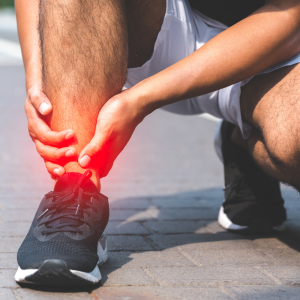After orthopaedic surgery, your body will be uncomfortable and you will not feel like moving. It takes time for the body to adapt and any prolonged movements can possibly hinder the healing process and cause even more discomfort and pain. Do not let that eagerness disrupt your proper healing process and give your body ample time to recover and sooner or later, you’ll be back in action again. Around a week after surgery, you can start to perform some light exercises like evening walks and light stretching. Keep everything within comfort level and do not push your body too much. There are some exercises that you will have to avoid after orthopaedic surgery though.
Running
Running is a high impact, repetitive exercise that carries a high risk of injury and further damage to the surgery area. Due to its high impact forces, a slight problem will greatly increase the risk of pain and injury.
Cycling
Although cycling is a low impact exercise that is safe and gentle on the knee joints, you should still avoid it after orthopaedic surgery. Cycling is an aerobic exercise that raises the blood pressure, possibly causing bleeding of the wounds again.
Weight lifting
Although the temptation to lift weights is ongoing, it is to be avoided after orthopaedic surgery due to the stress and strain it can cause not only to the intended muscle groups but also to the surrounding ones.
Aerobics
Aerobic exercises will raise the blood pressure and that will cause bleeding of the wounds. They also involves repetitive motions and that will increase strain on the surrounding muscles and tissues, causing discomfort and pain.
Crunches
Crunches should be avoided after surgery as it will cause immense pressure to the body, causing stitches to tear and slowing the healing process.
Swimming
Swimming should be avoided after surgery until the wound and incisions have healed. The wound can be infected if it comes into contact with water and swimming pool water is full of chlorine which will irritate the wound as well.
Stair climbing
Stair climbing is a strenuous activity that requires the heart, legs and lungs to work together to support the back.
To reduce discomfort to a bearable level, any activities that will induce strain and stress should be avoided in the initial stages of recovery. Take things slowly as you will have plenty of time to gain back what you have lost.






